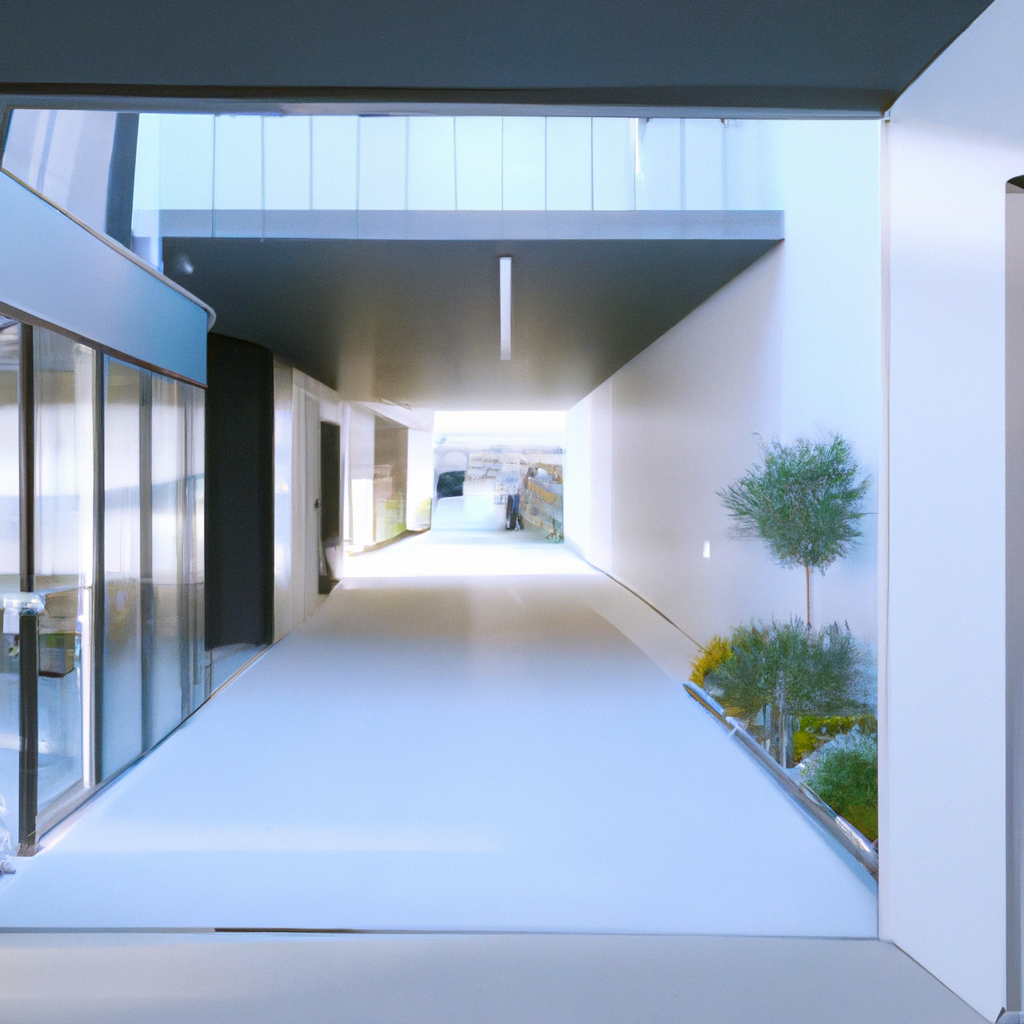Acoustic design in architecture is the science of how sound behaves in a space and how to control it to achieve the desired acoustic performance. The principles of acoustic design are critical in creating a comfortable and functional environment that enhances speech intelligibility, music clarity, and overall sound quality. In this article, we will delve into the key principles of acoustic design in architecture, including sound absorption, noise reduction, building acoustics, sound insulation, acoustic materials, room acoustics, reverberation, and soundproofing.
Sound Absorption
Sound absorption is the process by which a material or object converts sound energy into heat. The more sound energy a material absorbs, the less sound is reflected back into the room. Sound absorption is crucial in reducing unwanted echoes, reverberation, and background noise in a space. Acoustic panels, curtains, and ceiling tiles are examples of sound-absorbing materials used in acoustic design. The absorption coefficient, which indicates the amount of sound energy absorbed by a material, is measured between 0 and 1, with 1 indicating complete absorption.
Noise Reduction
Noise reduction is the process of reducing unwanted noise from outside a building or from adjacent rooms. Noise reduction is achieved through the use of sound-insulating materials such as double-glazed windows, doors with sound seals, and sound insulation in walls and ceilings. The Sound Transmission Class (STC) rating is used to measure the effectiveness of sound insulation. The higher the STC rating, the more effective the sound insulation.
Building Acoustics
Building acoustics is the study of how sound behaves in a building and how to control it. Building acoustics involves the design of the building envelope, including the walls, ceiling, and floor, to achieve the desired acoustic performance. The design of the HVAC system is also critical in building acoustics, as it can create unwanted noise if not designed correctly.
Sound Insulation
Sound insulation is the process of preventing sound from passing through a building element such as a wall, floor, or ceiling. Sound insulation is achieved through the use of dense materials such as concrete or masonry, and by ensuring that there are no gaps or leaks in the building element. The Impact Insulation Class (IIC) rating is used to measure the effectiveness of sound insulation for floors, while the Sound Transmission Class (STC) rating is used for walls and ceilings.
Acoustic Materials
Acoustic materials are materials that are specifically designed to control sound in a space. Acoustic materials include sound-absorbing materials, sound-insulating materials, and sound diffusers. Sound diffusers are used to scatter sound waves and create a more balanced acoustic environment.
Room Acoustics
Room acoustics is the study of how sound behaves in a specific room or space. Room acoustics involves the design of the room to achieve the desired acoustic performance for the intended use of the space. Factors such as room size, shape, and surface materials can all affect room acoustics. Room acoustics can be improved through the use of sound-absorbing materials, sound diffusers, and by adjusting the placement of objects in the room.
Reverberation
Reverberation is the persistence of sound in a space after the sound source has stopped. Reverberation can affect speech intelligibility, music clarity, and overall sound quality. Reverberation time is the time it takes for sound to decay by 60 dB after the sound source has stopped. The ideal reverberation time for a space depends on the intended use of the space. For example, a concert hall will have a longer reverberation time than a lecture hall.
Soundproofing
Soundproofing is the process of preventing sound from entering or leaving a space. Soundproofing is achieved through the use of sound-insulating materials, such as double-glazed windows, doors with sound seals, and sound insulation in walls and ceilings. Soundproofing is critical in creating a comfortable and functional environment, particularly in spaces where privacy and confidentiality are essential, such as recording studios, hospitals, and courtrooms.
Conclusion
In conclusion, acoustic design in architecture is critical in creating a comfortable and functional environment that enhances speech intelligibility, music clarity, and overall sound quality. The principles of acoustic design, including sound absorption, noise reduction, building acoustics, sound insulation, acoustic materials, room acoustics, reverberation, and soundproofing, must all be considered in the design of a space to achieve the desired acoustic performance. By incorporating these principles, architects can create spaces that are both aesthetically pleasing and acoustically sound.







